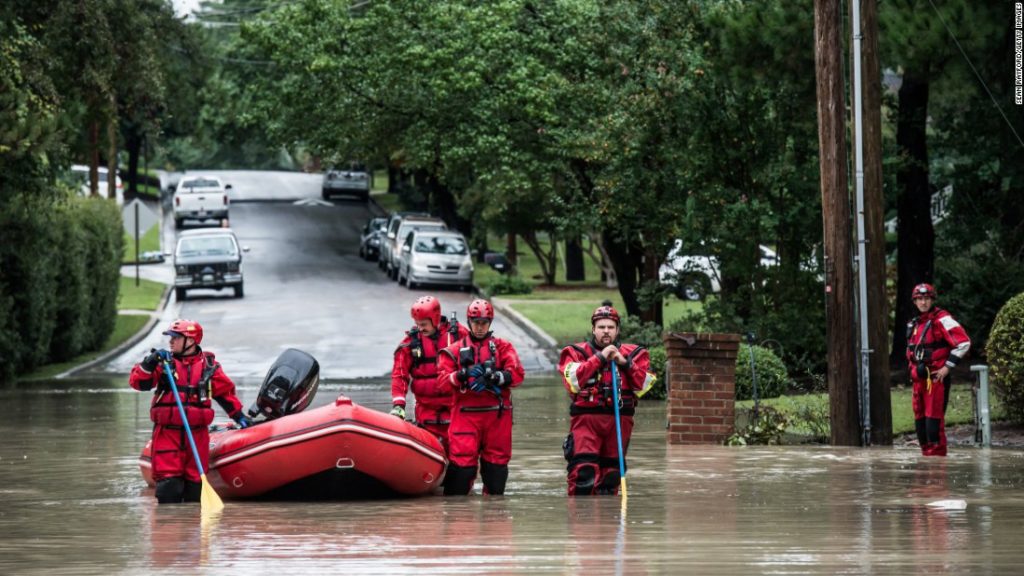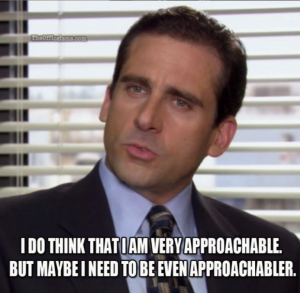 This week the SC House Committee on Agriculture, Natural Resources and Environmental Affairs took up a bill at the request of Speaker Lucas to address “dam safety.” Unfortunately, dam safety has nothing to do with the root cause of South Carolina’s flood problem–storm water runoff. Over the last few years, we have witnessed natural disasters from hurricanes, most notably the floods in October of 2015 in Columbia. Howls from government officials blamed dam owners for lack of maintenance, but the dam owners are the scape goat for incompetent regulators.
This week the SC House Committee on Agriculture, Natural Resources and Environmental Affairs took up a bill at the request of Speaker Lucas to address “dam safety.” Unfortunately, dam safety has nothing to do with the root cause of South Carolina’s flood problem–storm water runoff. Over the last few years, we have witnessed natural disasters from hurricanes, most notably the floods in October of 2015 in Columbia. Howls from government officials blamed dam owners for lack of maintenance, but the dam owners are the scape goat for incompetent regulators.
The floods of October 2015 caused a crisis, but the response of our government in Columbia is a bad solution to the wrong problem. Instead of performing a root cause analysis to solve this complex issue, the current bill will inflict millions of dollars on dam owners while leaving South Carolinians at an even greater risk of flooding damage. Dams are just one piece of a larger problem: watershed development without adequate stormwater systems. We could build huge dams with massive spillways, but that won’t stop the stormwater. Roads, roofs and parking lots all prevent water from entering the ground. The more we build, the more water that has to find its way out to sea, and the faster it will travel. Therefore, we need the assistance of local authorities and small unit leadership to provide solutions.
In the first 5 days of October 2015, our state received a lot of rain, but only certain areas received a 1 in 500 year occurence. Media reports would have us believe that too much rain flooded lakes and caused dams to fail due to poor maintenance and inadequate spillways. However, dam failure and dam breach are not the same thing. A dam failure simply occurs when water is not completely retained within a lake. A dam breach is much more serious, meaning that the dam itself crumbles and all the water in the lake tumbles downstream. The distinction between failure and breach is important because only a few dams actually breached.
DHEC used two broken metrics to classify the risks of dam failure: dam height and Probable Maximal Flood (“PMF”). As we saw in the 2015 flooding, the dams causing the most damage weren’t even tall enough to be regulated under current law. As for PMF, it’s junk science. Hydrologists readily admit that the number is a wild guess, and that most scientists really have no idea what it is or how to calculate it with any degree of scientific certainty. These metrics are ridiculous because the danger of flooding has nothing to do with the size of a dam or a PMF guess; the danger of flooding is entirely dependent on the amount of water impounded by the dam and the pervious ratio of its watershed.
A watershed is the area where all the water falling within it will either go into the ground or drain to a certain lake. When we pave parking lots or build houses, the water cannot enter the ground, so it must drain to the lake. More area covered with these “impervious” surfaces equals more water traveling faster into our lakes. So, when more water moves faster to a lake than the dam was designed to hold, the excess goes over the top of the dam.

In response, DHEC wants dam owners to build larger spillways, which will allow this excess water to flow through the spillway instead of over the top of the dam. The problem with this approach is that all that water still goes downstream and causes flooding, even though the dam didn’t “fail.” So we must ask ourselves, are dams there to simply pass water without “failing,” or are the dams in place to prevent flooding? If we want to prevent flooding, larger spillways are a bad solution to the wrong problem because the excess water is caused by increased stormwater runoff and will not be stopped; it will be accelerated by larger spillways.
This illustrates the problem with our government’s approach: a myopic focus on dam safety while ignoring the root cause of flooding. This will divert all blame onto individual citizens (dam owners) while absolving state agencies of their responsibilities regarding the mitigation of stormwater runoff. To prevent flooding and reduce the risk to lives and property, we need to use the scientifically proven principles of high-reliability organizations to solve complex problems. That means we start with a root cause analysis, publish guidelines and principles, and empower local leadership to solve problems for each unique watershed. Local leadership is most important because every watershed is different. The number and size of roads, homes and business in each dam’s flood or inundation plain varies wildly. A one-size-fits-all approach from regulators in Columbia is destined for failure.
Routine inspections and maintenance of dams are absolutely necessary, but DHEC needs to know that our citizens understand the root cause of this problem. DHEC also has to prove its case that instituting stricter criteria for maintenance despite a lack of direct relationships between poor maintenance and dam “failures” (such as trees and shrubs growing in the earthen part of the dam but failing because of erosion around the concrete spillway) will provide any help to our flood risk management.
We don’t normally wade into political battles on this blog, but as Mssr. Taleb says, “if you see a fraud, and you don’t shout ‘Fraud!’ then you also are a fraud.” This bill is a poor attempt at political grandstanding, where politicians move the wreck down the street, blame a bystander and claim victory. The people of our State deserve better.




